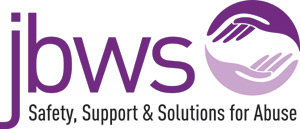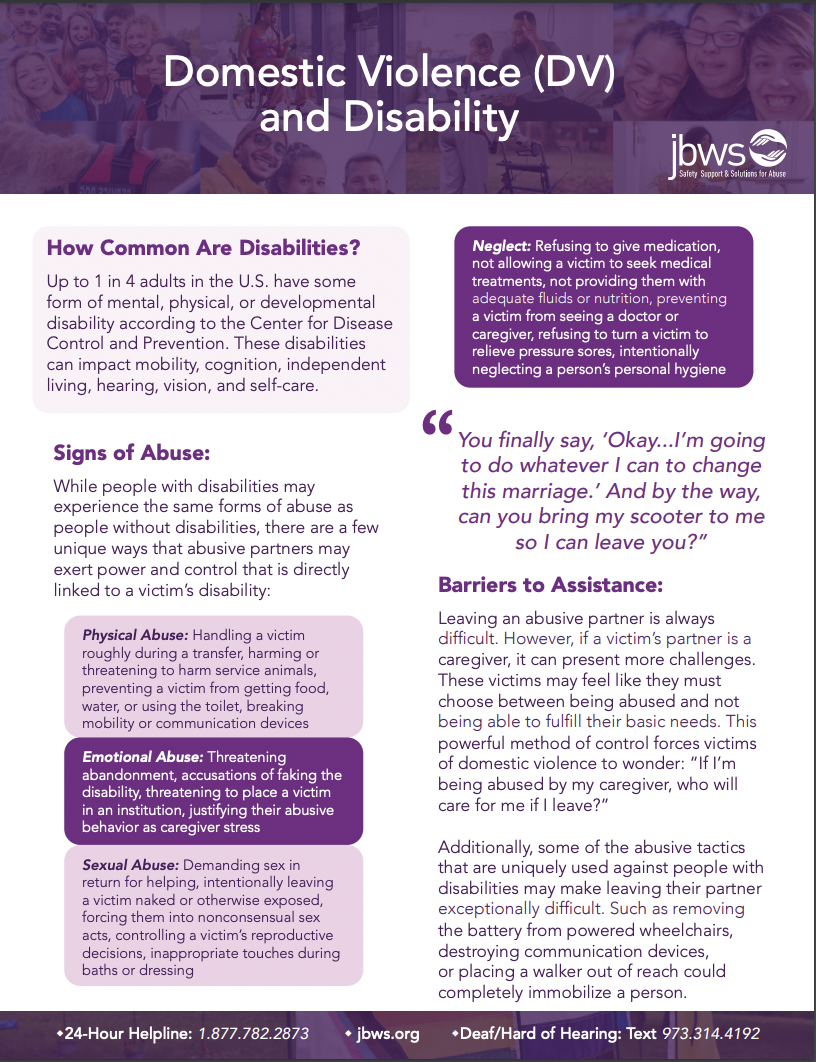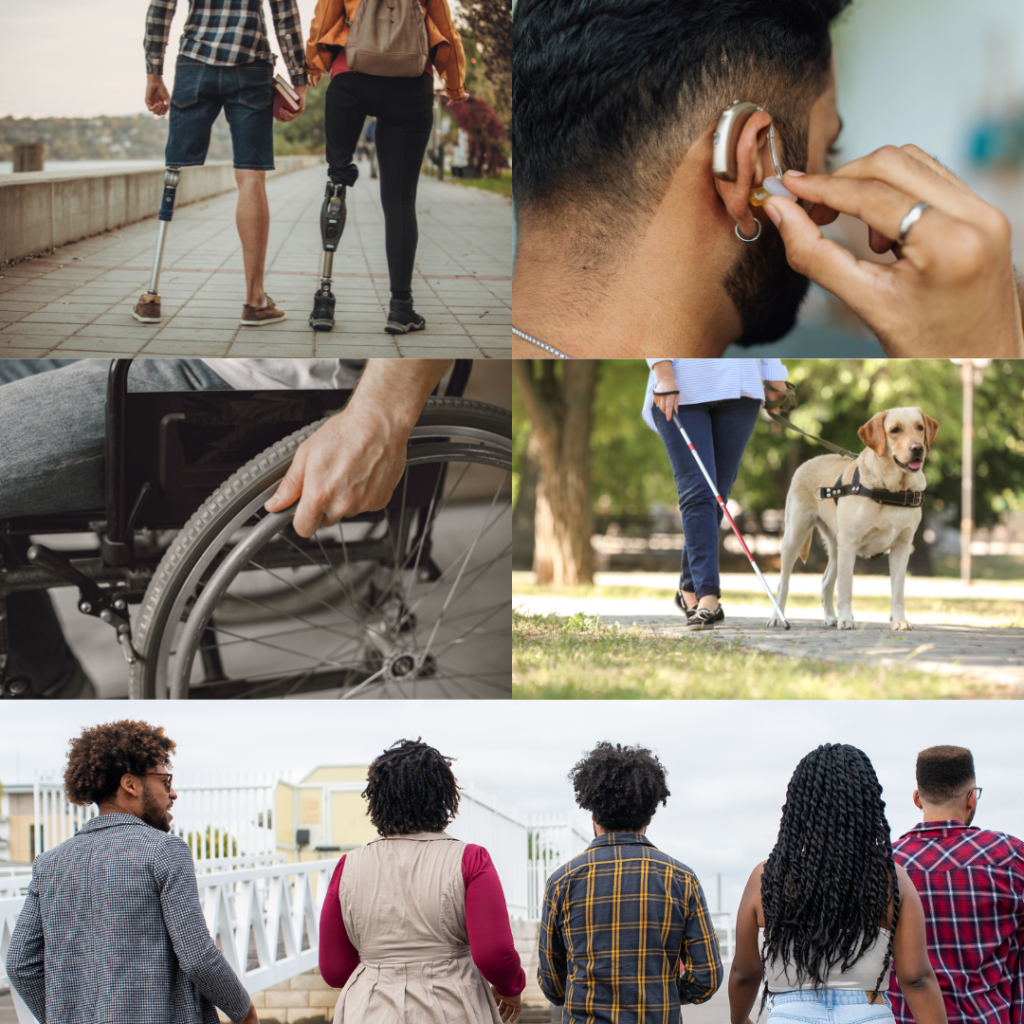
How Common Are Disabilities in the US?
Up to 1 in 4 adults in the United States have some form of mental, physical, or developmental disability according to the Center for Disease Control and Prevention. These disabilities can impact mobility, cognition, independent living, hearing, vision, and self-care.
While some disabilities are visible due to assistive devices, such as wheelchairs, walkers, or canes, not all disabilities are visually apparent. In fact, more than 6 million Americans have disabilities that are considered invisible (such as chronic illnesses, cognitive dysfunction, brain injuries, and mental health disorders) that significantly impair their daily lives.
Signs of Abuse:
According to the Blackburn Center, people with disabilities are 3x more likely to experience violence than someone without a disability and people with disabilities have a higher lifetime prevalence of domestic violence than people without disabilities.
While people with disabilities may experience the same forms of abuse as people without disabilities, there are a few unique ways that abusive partners may exert power and control that is directly linked to a victim’s disability.
Handling the victim roughly during a transfer, forcing the victim to stand for an intolerable amount of time, harming or threatening to harm service animals, physically preventing a person from getting food, water, or using the toilet, breaking the victim's mobility or communication devices
Threats of abandonment, being accused of faking the disability, being shamed, threatening to place the victim in an institution, using a person's disability to justify their abusive behavior, threatening to out an invisible disability, justifying their abusive behavior as caregiver stress
Demanding sex in return for helping, intentionally leaving a victim naked or otherwise exposed, forcing a victim into nonconsensual sex acts, controlling reproductive decisions, touching the victim inappropriately during baths or dressing
Refusing to give the victim medication or giving the victim too much medication, not allowing the victim to seek medical treatments, not providing them with adequate fluids or nutrition, preventing the victim from seeing a doctor or caregiver, refusing to turn the victim to relieve pressure sores, refusing to support the completion of necessary life tasks, intentionally neglecting to take care of the victim's personal hygiene
Controlling all finances, not allowing the victim to work, stealing or withholding the victim's Social Security Disability checks
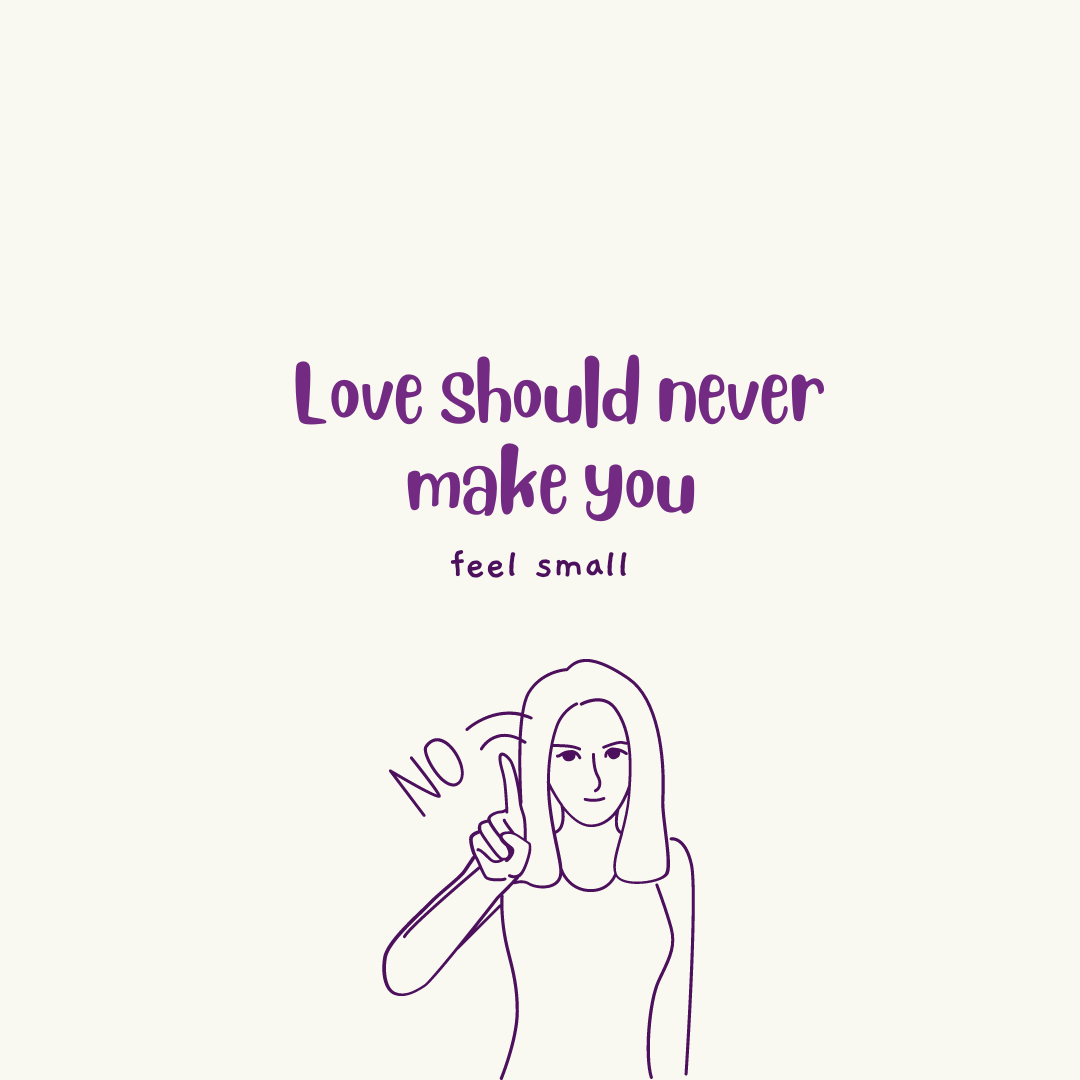
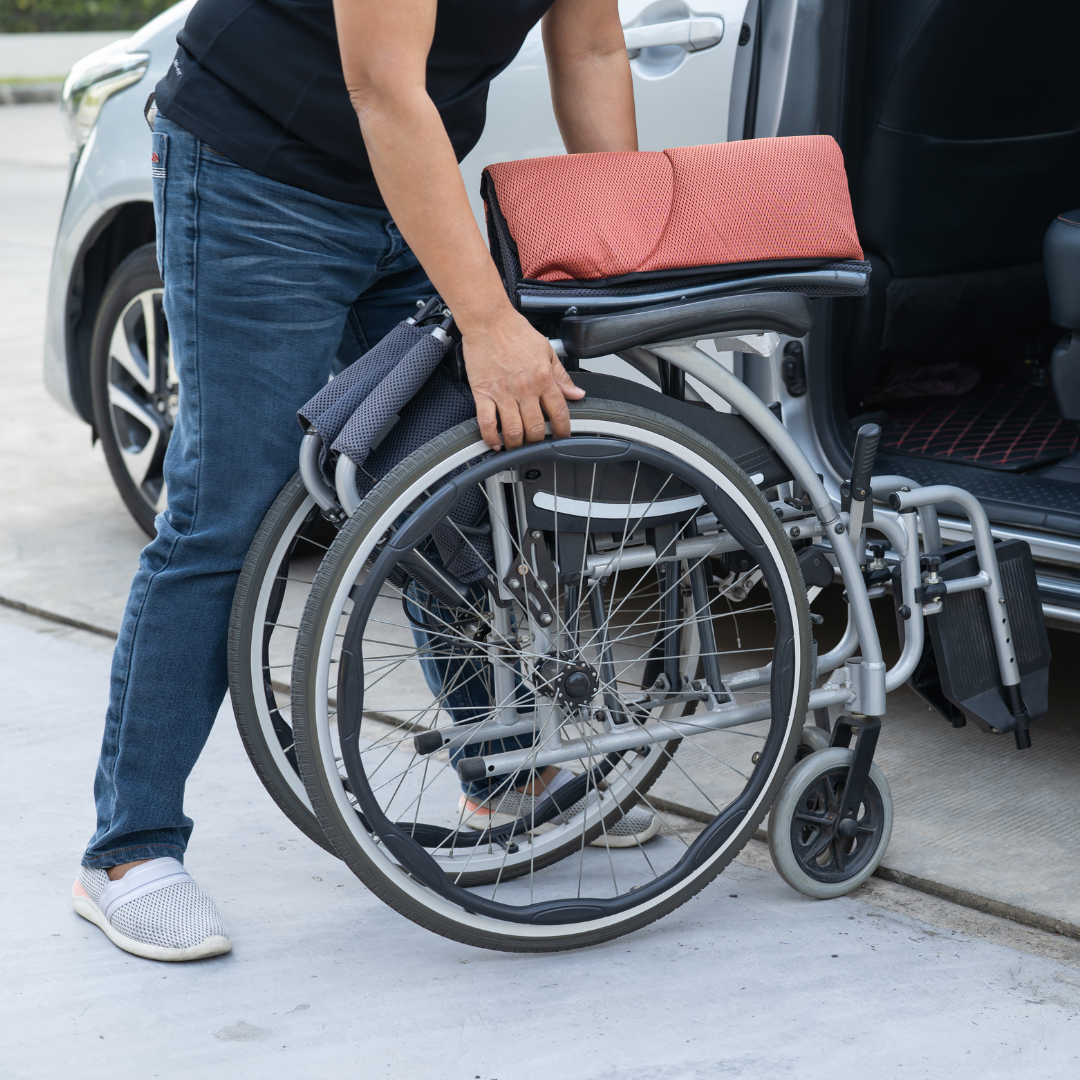
Barriers To Seeking Assistance
It is difficult for people with disabilities to leave their abusive partners for numerous reasons. They may fear the services are not wheelchair accessible, worry they won't be able to communicate with service providers, or be discriminated against for their disability. Additionally, if a victim's partner is filling the role of caregiver, it can present even more challenges. These victims may feel like they must choose between being abused and not being able to fulfill their basic needs.
For instance, if a victim of domestic violence is reliant upon their partner to feed and bathe them, then they may fear that reporting the abuse would deprive them of having any care. This powerful method of control forces victims of domestic violence to wonder: “If I’m being abused by my caregiver, who will care for me if I leave?”
Additionally, some of the abusive tactics that are uniquely used against people with disabilities may make leaving their partner exceptionally difficult. Such as removing the battery from powered wheelchairs, destroying communication devices, or placing a walker out of reach could completely immobilize a person.


Risk Factors For Abuse and Neglect
SafeAustin.org notes that people with disabilities may be targets of abuse because they are “taught to be obedient, passive, and to control difficult behaviors.” The organization proceeds to list several risk factors that could make people with disabilities more vulnerable to abuse.
Below is an adapted version of that list:
Physical disabilities may make a victim dependent on others to meet some of their basic needs. Since care providers may be involved in the most intimate parts of a person's life, it could increase the opportunity for abusive acts to occur. Additionally, physical disabilities may present more challenges to escaping violent situations or impact a victim's ability to defend themselves.
If a person has a disability that impacts their cognitive abilities, they may not understand or be able to recognize the difference between sexual and non-sexual touch. They may even believe that the violation is normal.
Hearing impairments could make seeking services difficult due to communication barriers, i.e. the lack of an interpreter or medically assistive devices.
Speech impairments may pose challenges for disclosing abuse. This is because some providers may misunderstand people with speech impairments or wrongly assume that they are under the influence of drugs or alcohol when seeking assistance.
Mental illness could make a victim vulnerable to abuse if they have difficulty determining reality, do not trust their instincts, view themselves as unworthy, or are dependent on others for their care.

How is JBWS Helping?
To support survivors with disabilities, JBWS has residential facilities designed to support client's with disabilities. For instance, one apartment in our Transitional Living Program is fully complaint with The Americans with Disabilities Act. It's located on the first floor of the building, has extra wide doors, low cabinets, and accessible bathtubs to accommodate wheelchair users.
What If I Recognize These Behaviors In Myself?
Just like every population, people with disabilities may use abuse in their relationships. If you recognize any abusive or controlling behaviors in yourself, then JBWS can help: jbws.org/jcnv or 973-539-7801
